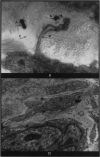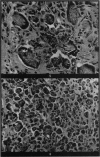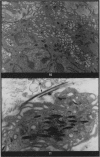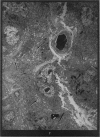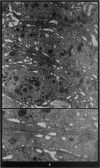Abstract
In a series of experiments on the effects of chrysotile and crocidolite asbestos dust injected into the pleural cavities of experimental animals, the following results were obtained. Both dusts produced large granulomas in all the species used, but the histological patterns of these lesions varied. In guinea-pigs both chrysotile and crocidolite produced granulomas that consisted mainly of giant cells, mixed with a few macrophages and fibroblasts, and each granuloma was surrounded by a distinct capsule of fibrous tissue. In mice and rats, however, relatively few giant cells were present in the asbestos granulomas, and the lesions consisted only of macrophages with some fibroblasts. In these 2 species the granulomas were not surrounded by a distinct capsule. In all cases the granulomas were eventually replaced by masses of fibrous tissue, but the time sequence of this change was variable. In guinea-pigs the granulomas remained cellular for 6-12 months, and after this period there was evidence of the invasion of the lesions by fresh macrophages which rephagocytosed dust left behind by the death of previous cells. In mice some areas of the granulomas remained cellular for 12-15 months, but others were completely fibrosed by 6-9 months. In rats fibrosis of the asbestos granulomas was very rapid, and most lesions consisted of old almost acellular collagen by 3-4 months. In all species a few animals showed massive pleural fibrosis outside the main granulomas. In some cases this appeared to be associated with an infection spreading from the lung tissue, but in others no such association could be traced.
Full text
PDF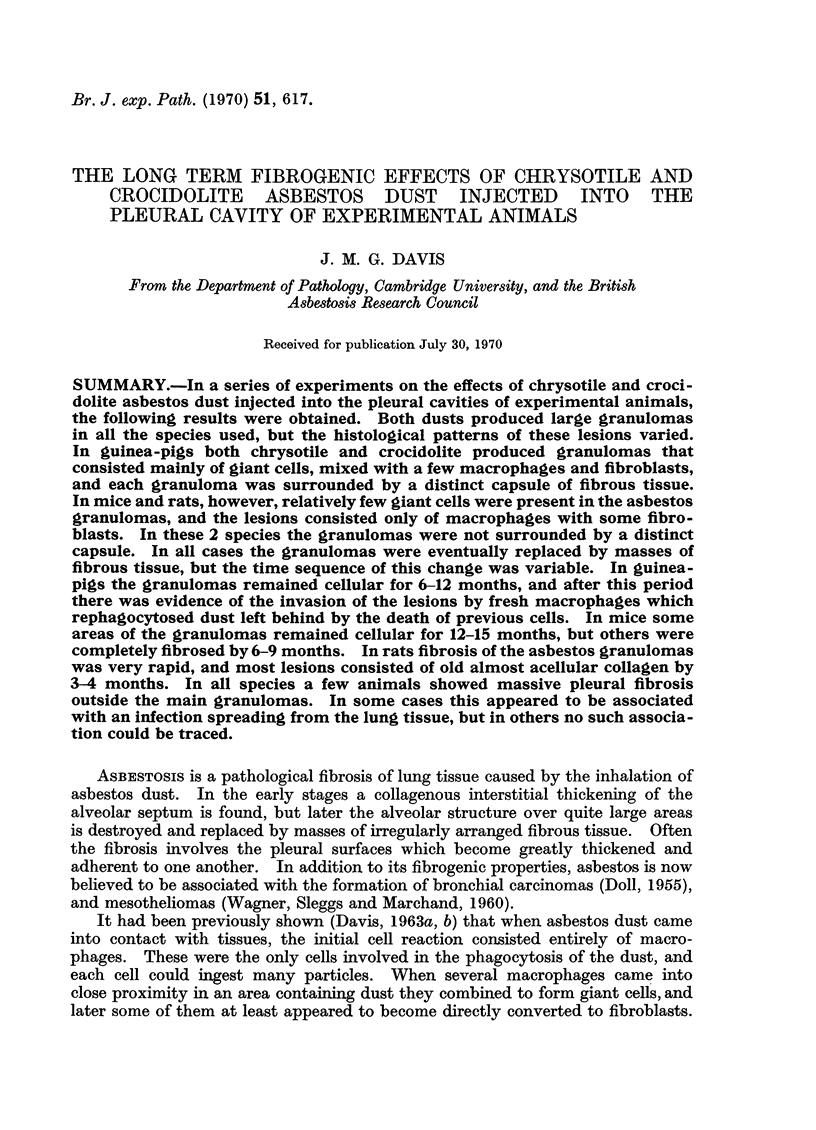

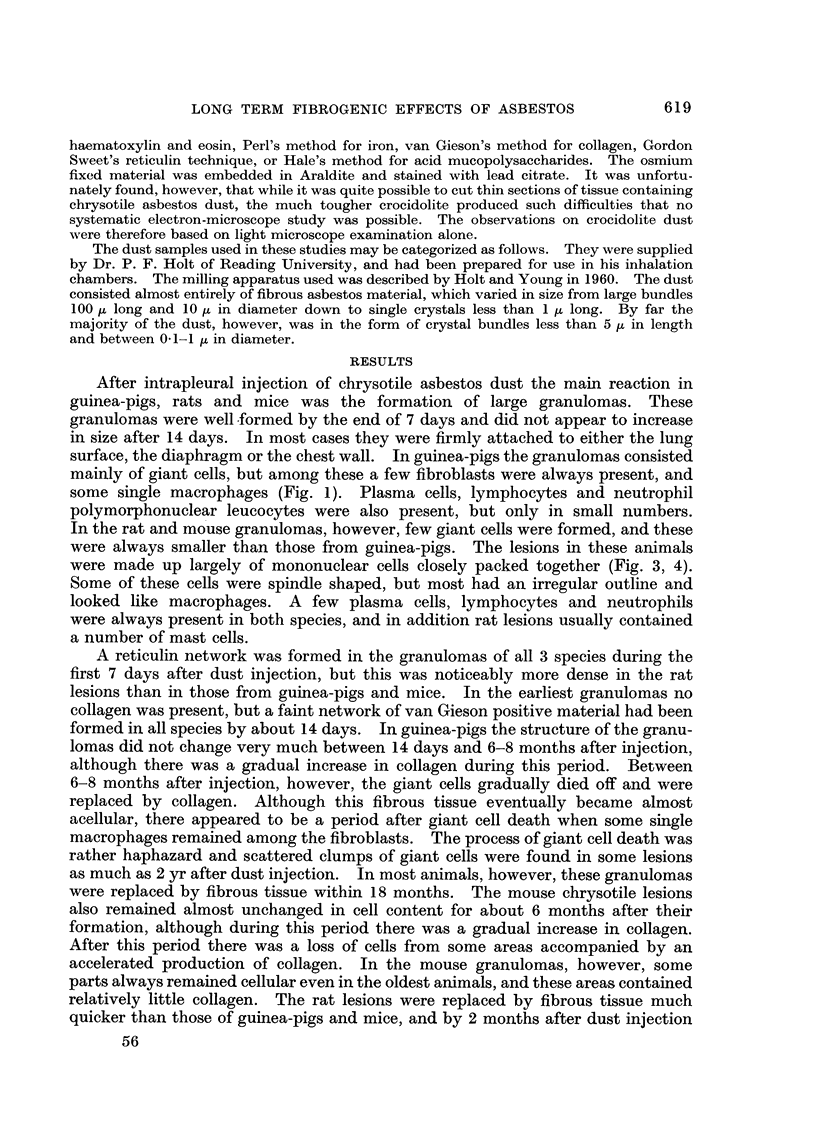
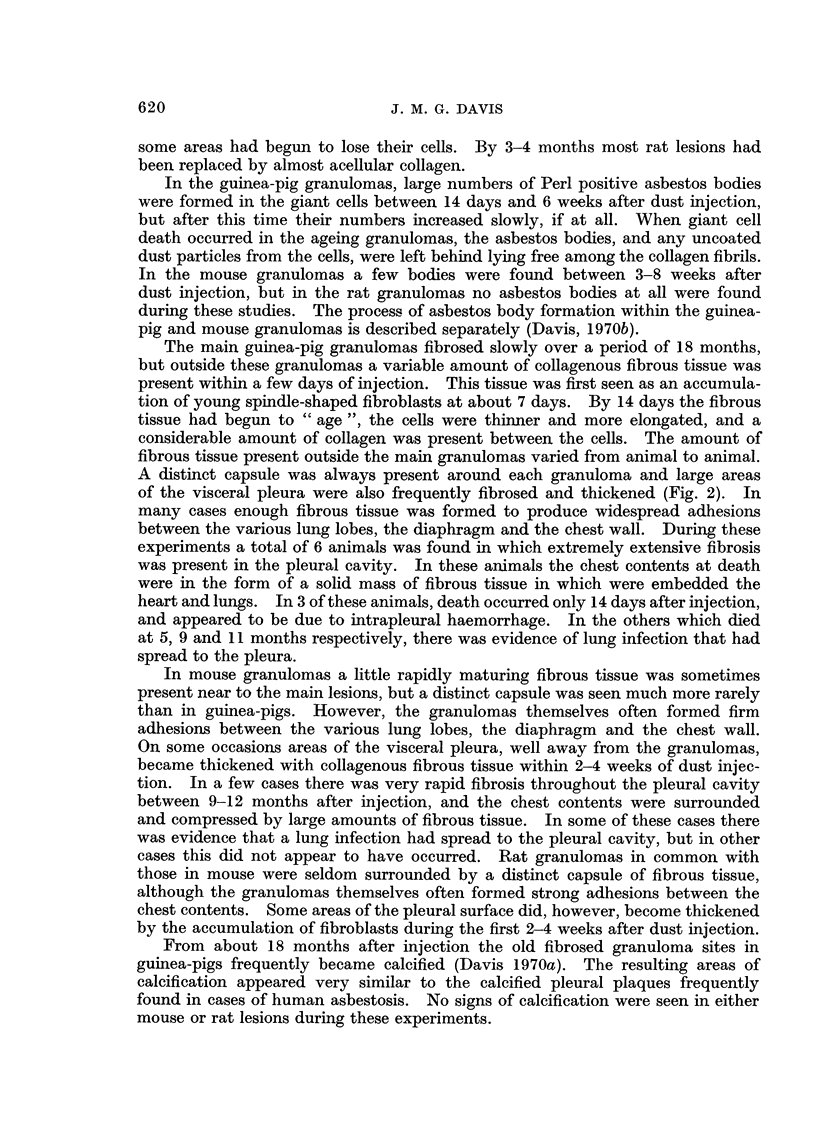

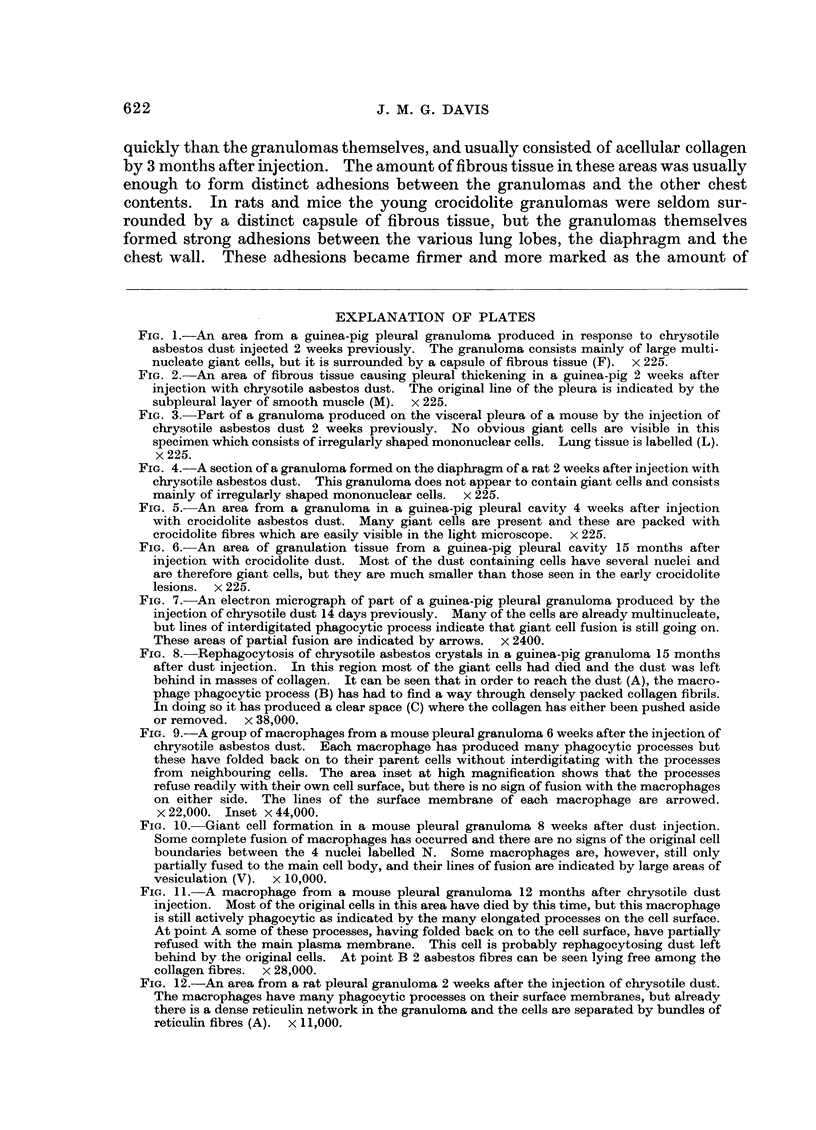
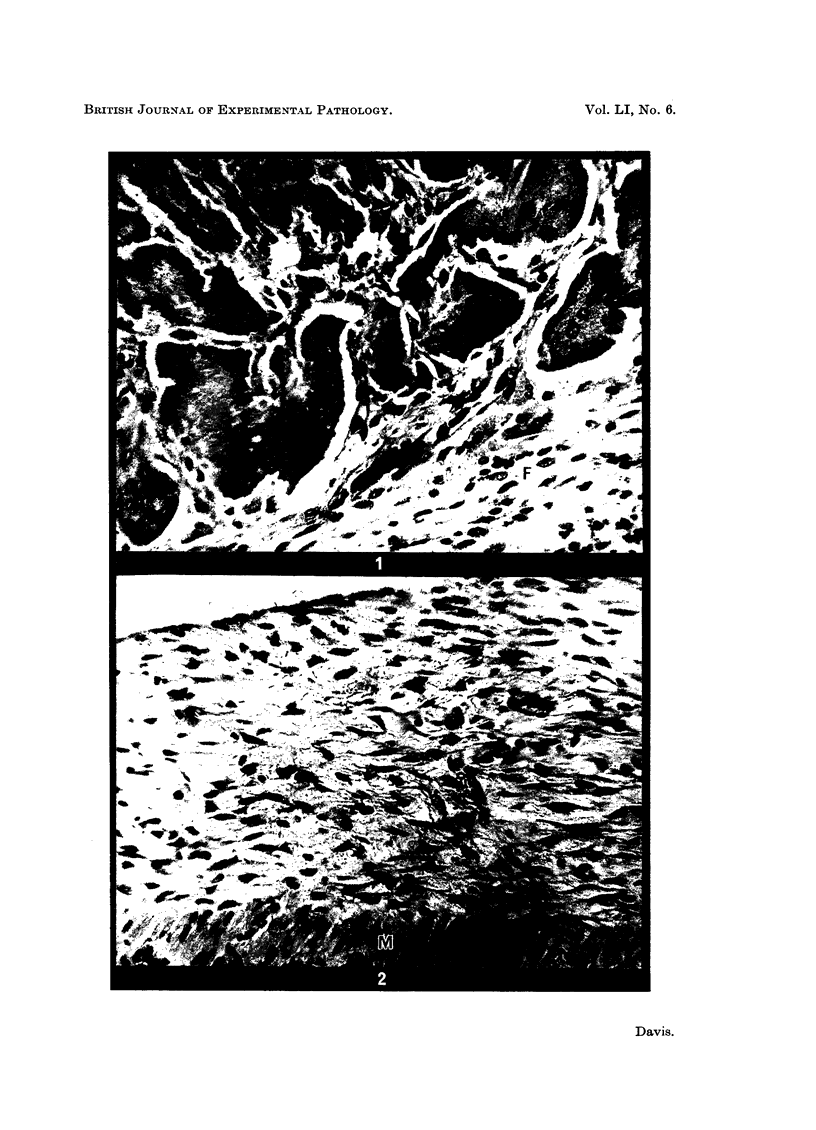
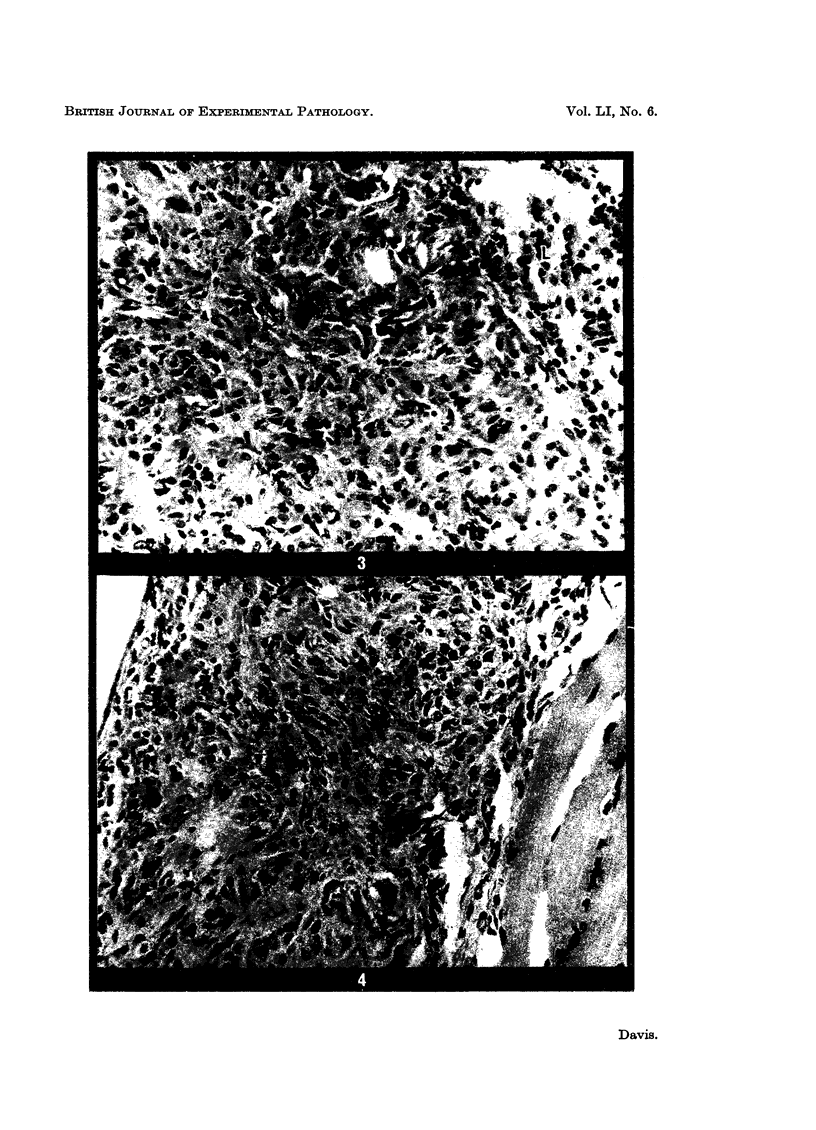
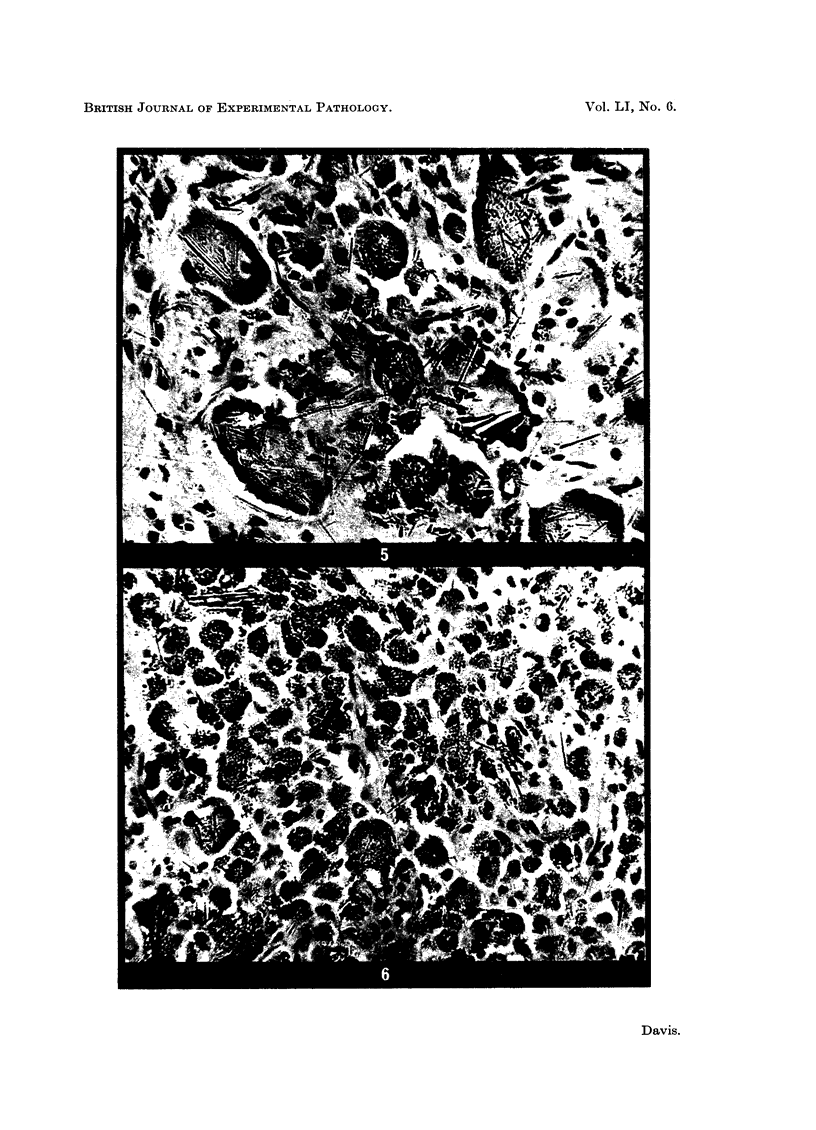
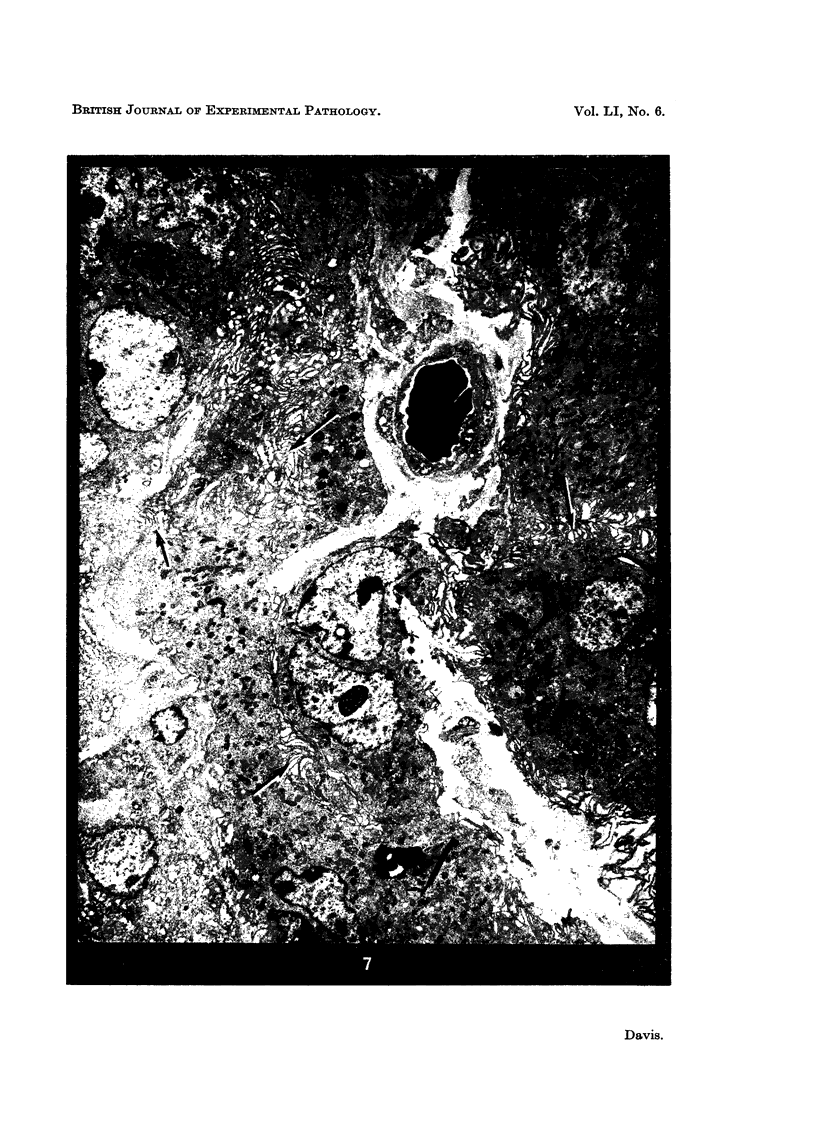
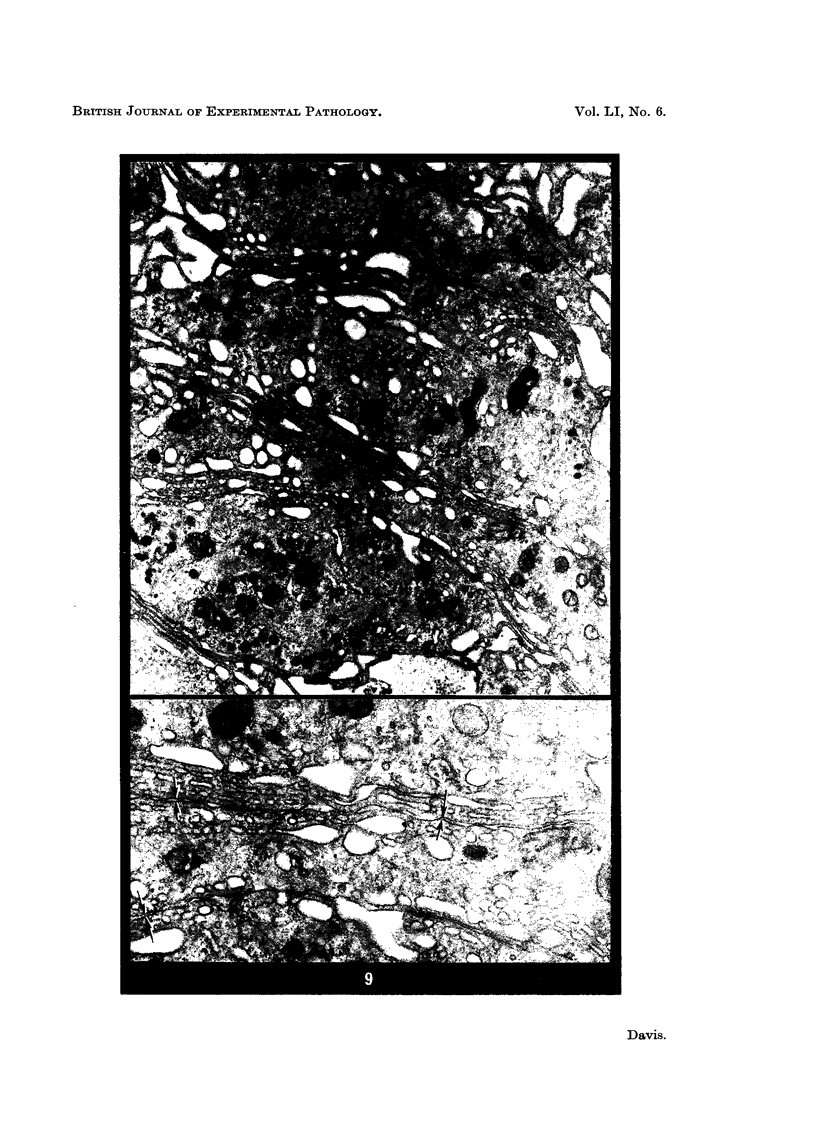

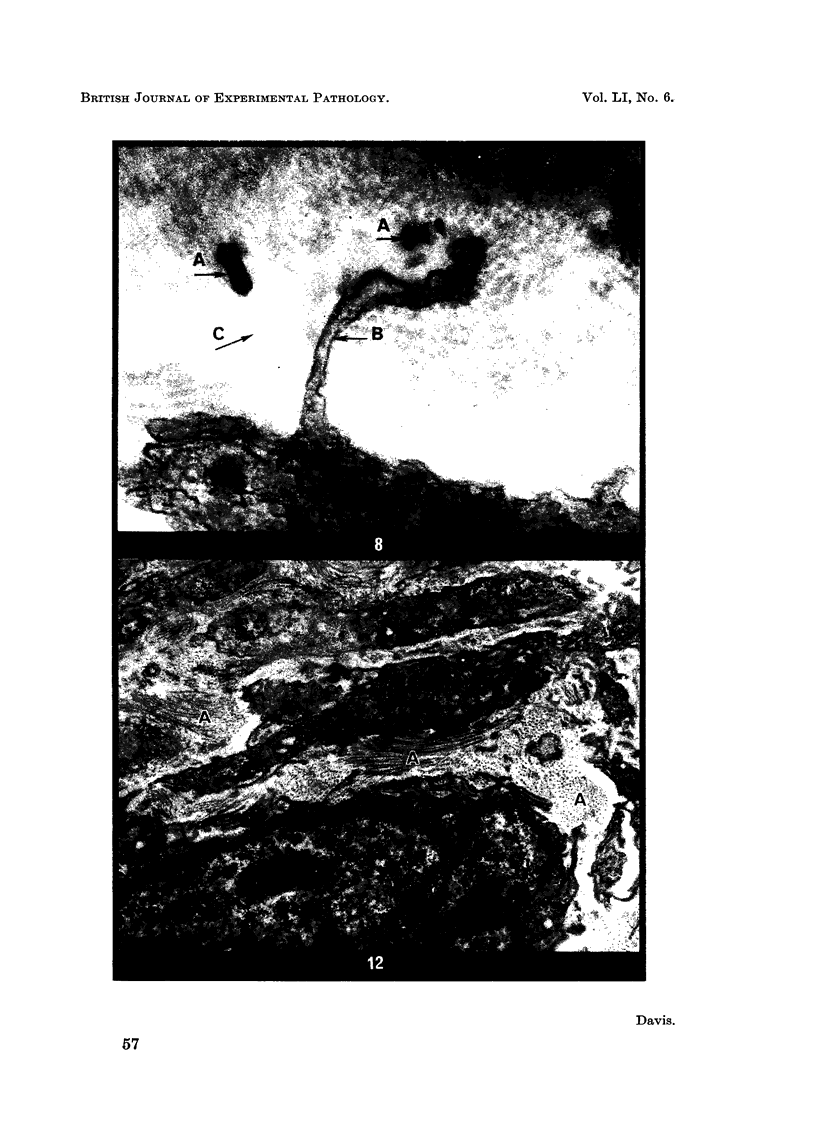


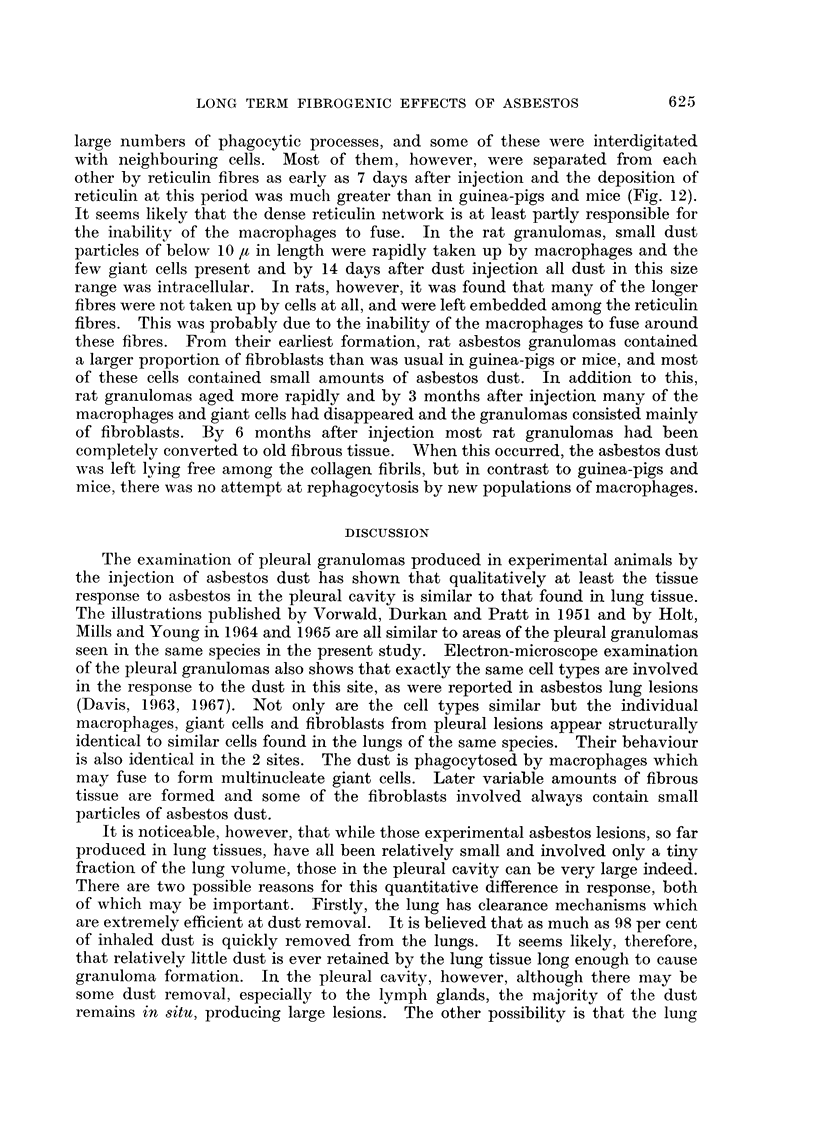
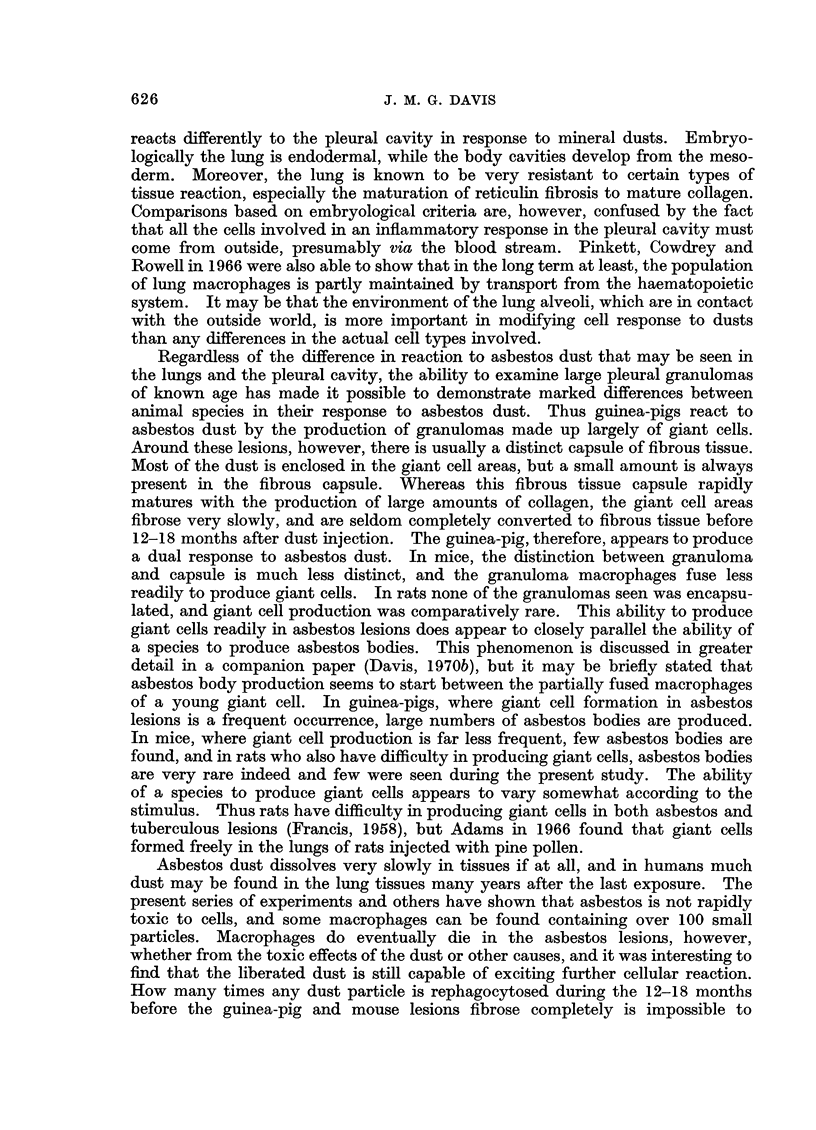

Images in this article
Selected References
These references are in PubMed. This may not be the complete list of references from this article.
- HOLT P. F., YOUNG D. K. A dust-feed mechanism suitable for fibrous dust. Ann Occup Hyg. 1960 Nov;2:249–256. [PubMed] [Google Scholar]
- Pinkett M. O., Cowdrey C. R., Nowell P. C. Mixed hematopoietic and pulmonary origin of 'alveolar macrophages' as demonstrated by chromosome markers. Am J Pathol. 1966 May;48(5):859–867. [PMC free article] [PubMed] [Google Scholar]
- Roe F. J., Carter R. L., Walters M. A., Harington J. S. The pathological effects of subcutaneous injections of asbestos fibres in mice: migration of fibres to submesothelial tissues and induction of mesotheliomata. Int J Cancer. 1967 Nov 15;2(6):628–638. doi: 10.1002/ijc.2910020624. [DOI] [PubMed] [Google Scholar]
- Smith W. E., Miller L., Elsasser R. E., Hubert D. D. Tests for carcinogenicity of asbestos. Ann N Y Acad Sci. 1965 Dec 31;132(1):456–488. doi: 10.1111/j.1749-6632.1965.tb41127.x. [DOI] [PubMed] [Google Scholar]




